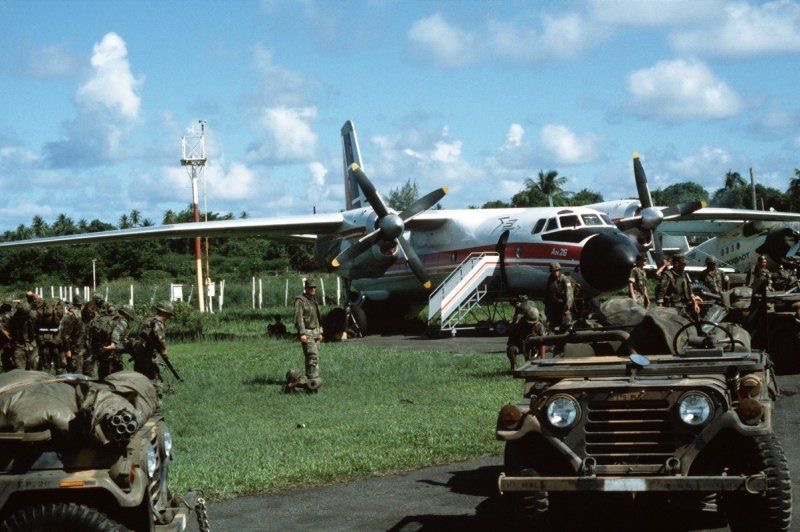
In the latest twist in regional military affairs, the capture of a Cuban Air Force Antonov An-26 transport aircraft has drawn attention from defense observers across Latin America and beyond. The twin-engine aircraft, long regarded as a reliable Soviet-era workhorse, has become a symbol of both Cuba’s aging military fleet and the increasingly complex geopolitical environment in which it operates. While the exact details of how the aircraft was seized remain under investigation, what is known offers a clearer picture of the incident and its broader implications.
The Antonov An-26 is a rugged, short- to medium-range transport aircraft first introduced in the late 1960s. Cuba received several units from the Soviet Union during the Cold War, and they’ve served for decades in various roles—transporting troops, supplies, and occasionally even humanitarian aid to allied nations. Despite their age, these planes continue to play a central role in Cuba’s limited air mobility capabilities. The captured aircraft, identified as one of the later production variants, reportedly showed signs of modernization, suggesting that Havana has been attempting to extend the operational life of its Soviet-era fleet through local maintenance and parts adaptation.
According to reports from regional defense sources, the aircraft was captured after an emergency landing outside Cuban territory under uncertain circumstances. Some accounts suggest it may have strayed into foreign airspace, possibly during a training or logistical flight. Others point to a potential defection scenario involving its crew, though these claims have not been officially confirmed. Satellite imagery and on-the-ground photos show the plane largely intact, with Cuban military markings still visible on the fuselage, giving analysts a rare opportunity to examine the state of Cuban military aviation equipment up close.
Initial inspections by experts familiar with Soviet-designed aircraft indicate that the captured An-26 retained many of its original systems but had undergone patchwork upgrades. These include modern avionics components, likely sourced from non-Western suppliers, and reinforced airframe sections showing evidence of local refurbishment. Such modifications suggest Cuba’s aviation engineers have managed to keep the fleet operational despite decades of economic sanctions and limited access to spare parts.
The political implications are harder to ignore. For Cuba, the loss of a military aircraft under unclear circumstances is a public embarrassment that exposes the vulnerability of its air operations. For neighboring nations, however, the capture offers a valuable intelligence opportunity. By studying the aircraft’s structure, electronics, and maintenance history, analysts can gain insight into Cuba’s current defense capabilities and its reliance on legacy Soviet systems.
This event also highlights broader questions about the sustainability of aging air forces in developing nations. Many countries in Latin America, Africa, and Asia continue to operate aircraft from the same era as the An-26, often without reliable access to manufacturer support. The Cuban incident underscores the operational and political risks that come with keeping such fleets airborne.
As investigations continue, the captured An-26 stands as more than just a seized aircraft—it’s a snapshot of a bygone military era still trying to function in a modern strategic landscape. Whether through technical study or political fallout, its story offers a revealing look into how older military systems continue to shape contemporary defense realities.


